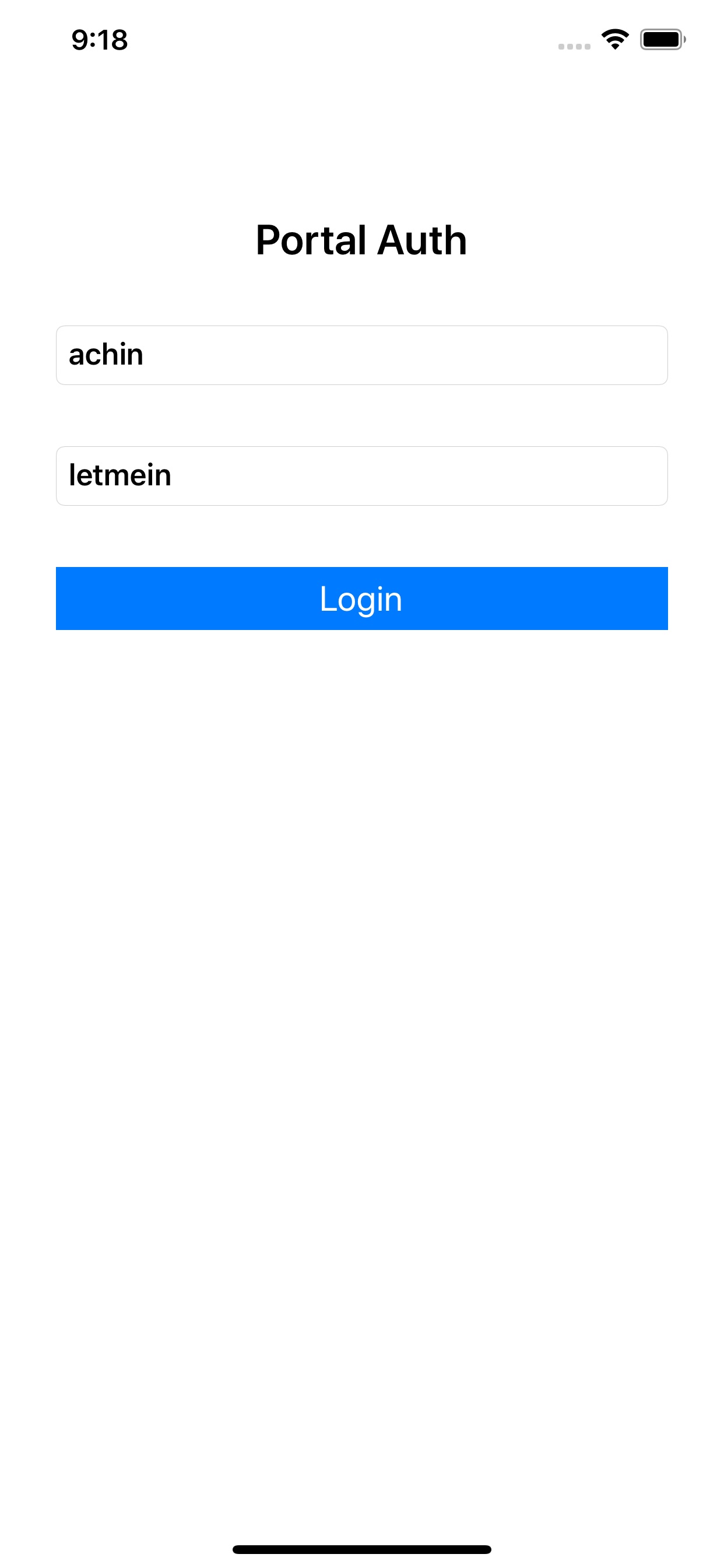Swift - Property Observers
The Swift language introduced in 2014 has grown and continues to evolve (open source). As stated on the About page, one of it’s goals is to make it easier to write code. Having written Swift code for a number of years now, this is definitely the case.
Property Observers
In the context of user interactivity, you can leverage Property Observers to control state based on values being set.
Example - A login view controller where the login button is disabled until username and password are both entered.
import UIKit
class ViewController: UIViewController {
@IBOutlet weak var userNameField: UITextField!
@IBOutlet weak var passwordField: UITextField!
@IBOutlet weak var loginButton: UIButton!
var userName: String? {
didSet{
checkFields()
}
}
var password: String? {
didSet{
checkFields()
}
}
func checkFields (){
guard let _ = userName else {return}
guard let _ = password else { return }
loginButton.isEnabled = true
loginButton.backgroundColor = UIColor.systemBlue
}
@IBAction func enteredUserName(_ sender: UITextField) {
userName = sender.text
checkFields()
}
@IBAction func enteredPassword(_ sender: UITextField) {
password = sender.text
checkFields()
}
override func viewDidLoad() {
super.viewDidLoad()
loginButton.isEnabled = false
loginButton.backgroundColor = UIColor.lightGray
}
}
Example:

And there’s more… regarding Property Observers. Here’s a good source for more: NsHipster.com
